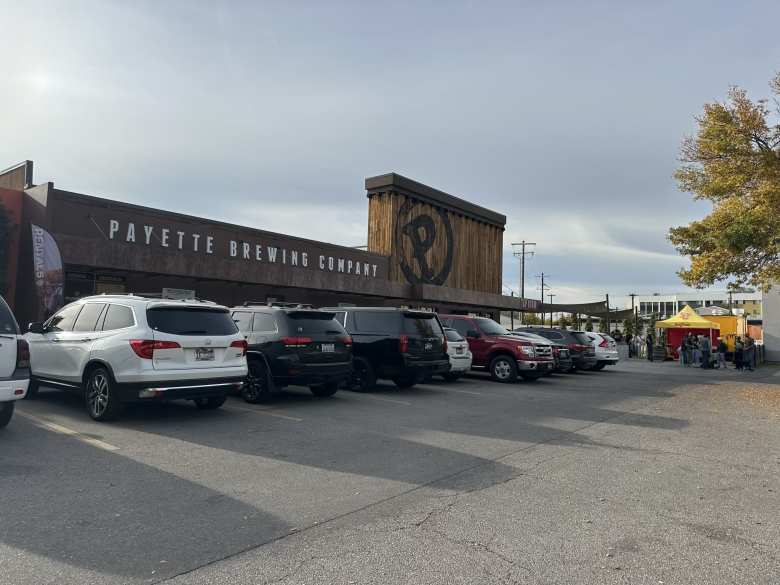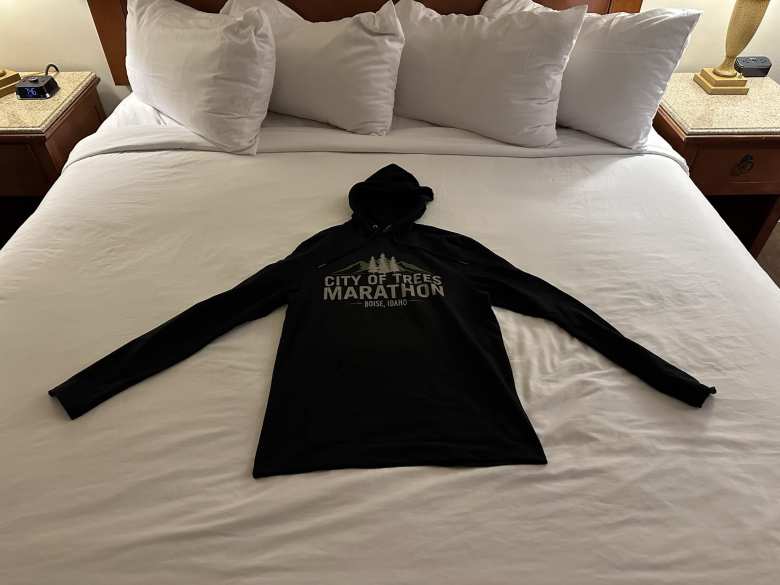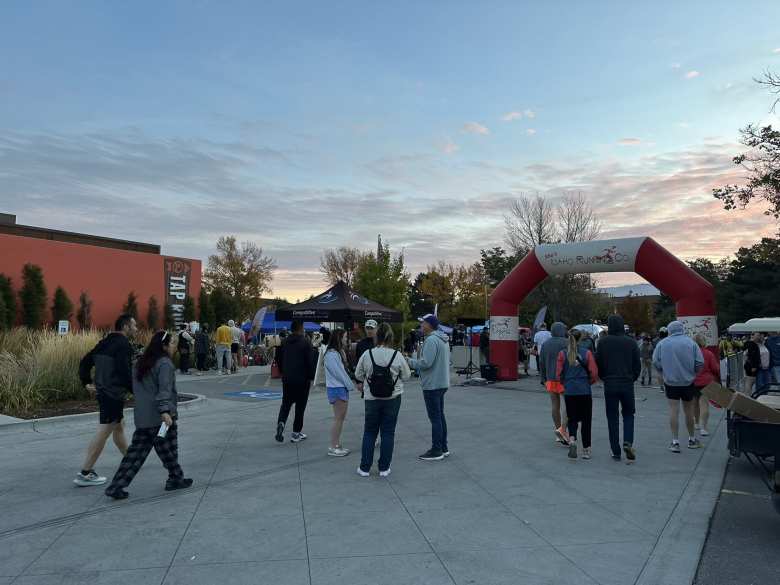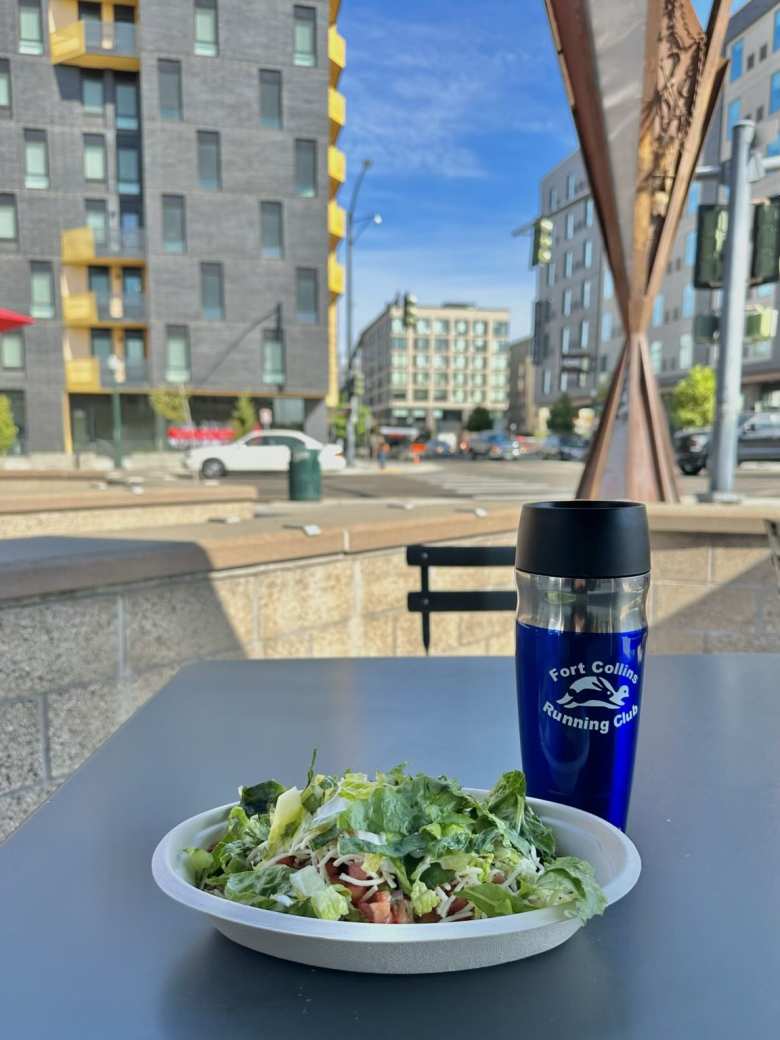City of Trees Marathon: A Race Hidden from Idaho’s Capital
I still needed to run a marathon this year to continue my annual marathon streak, which dates back to 2001. Since I was going to be in the United States for a bit, I thought it would be a good opportunity to run a marathon in a state where I hadn’t yet finished one under four hours. After looking at nearby states to Colorado, I found a flat race in Boise, Idaho—the City of Trees Marathon. Boise had always intrigued me; though I’d only been there twice, it was a city that piqued my curiosity.
Boise isn’t exactly close to Fort Collins, but at around 11 hours away, it’s drivable, and I hadn’t done a long road trip in a while. Coincidentally, Idaho was the first state outside my residence where I ran a marathon, which was the third part of the Ironman Coeur d’Alene swim-bike-run trifecta back in 2003. That race took place in gorgeous northern Idaho and even planted the seed for me to eventually move away from California. It felt fitting to return to Idaho for another race, as it also was essentially the state that kicked off my marathon states journey.
So, at the last minute, I registered for the City of Trees Marathon.
Race Day
The marathon started at 8 a.m. on a Saturday morning, just two minutes after sunrise. The temperatures were cool but not so cold that I needed gloves. I decided on a Colorado singlet and shorts, as the weather looked favorable for a strong effort. With a goal time of 3:30, I set my Garmin Forerunner 645 to aim for a finishing time of 3:29 in case the course was a little long. With a field of only 200 runners, I started near the front while observing the participants around me.
It didn’t take long for me to notice one runner—a stocky guy with a very high cadence (around 190-200 steps per minute) and loud footsteps, wearing a Camelbak. He passed me within the first 400 meters, but by mile two, he had already dropped behind, confirming my suspicion that he had started too fast.
For the first 15 miles, two guys tucked in behind me. I wasn’t paying much attention to them at first, instead focusing on running the shortest line along the scenic Boise River. The course, while relatively flat, wasn’t entirely straight or smooth. There were some sharp turns and minor rises, though none took more than a few steps to conquer. Pleasantly, the route was shaded almost the whole way—this was the City of Trees, after all—completely away from any sign of traffic or office buildings.
Eventually, I overheard the two runners behind me talking. One was from Michigan, the other from Portland. It was their first marathon (this was around my 70th), and considering that, I was impressed that they kept pace with me for 15 miles. Both seemed to be in their 20s or 30s, but by Mile 15, they started to drop back, and then I was running alone.
Picking Up the Pace
I had passed the halfway point (per Garmin) in 1:37, which left me very pleased. By Mile 15, I had banked eight minutes ahead of my target time. At Mile 18, however, another runner passed me, accompanied by a personal pacer on a bicycle who handed him drinks along the way. Speaking of drinks, the water stops were positioned every two to three miles and were much appreciated, though there were a few issues.
The biggest problem was that the cups only contained two gulps of fluid, which weren’t nearly enough. I’ve never been in a race where so little fluid was offered per cup. To make things worse, the Gatorade and water were served in identical cups, and the Gatorade was the clear, white variety, making it visually impossible to differentiate. I ended up yelling “Gatorade, Gatorade” at every stop, relying on the volunteers to give me the right drink, which worked most of the time. However, the trash bins were placed too close to the water tables. Halfway through the race and not wanting to litter, I had to hold onto my empty cup for a mile before I passed by a public trash bin to throw it away.
Because I couldn’t drink enough fluids, I decided against taking any energy gels, as gels require more hydration. This decision probably did not help me by Mile 18, when I started feeling tired, though I was still managing. By Mile 19, I already began experiencing tingling sensations in my hands—an indicator of respiratory alkalosis. My left calf started cramping persistently around Mile 22, but I was able to avoid a full-blown muscle spasm by maintaining a slower, but steady, pace.
The Final Push
Temperatures were rising, too—about 10 to 15 degrees Fahrenheit warmer than when we started—and the trail was becoming more congested with residents since it wasn’t closed off for the race. I couldn’t always run the shortest line, which added to the challenge in the second half. In fact, with less than three miles to go, I ended up colliding with a man (probably a local out for a Saturday walk) who couldn’t decide which line to take, much like an NFL linebacker. I felt bad about that.
Despite these difficulties, my Garmin was still showing a finish time under my 3:30 target. When it ticked off 42.2 kilometers (the official marathon distance), it displayed a time of 3:29:40—something of a moral victory, as it indicated that I am still perfectly capable of running sub-3.5-hour marathons at my age. But to my dismay, the finish line still seemed like a ways off as I could neither see it or hear any spectators despite passing a Mile 26 flag and then a Mile 13 one (for half-marathoners, indicating a mere tenth-of-a-mile remained). The course was long, which isn’t unusual for many marathons, and I ended up covering an additional 0.3 miles (about 500 meters). I crossed the line in 3:32:16—just one second slower than my time in last year’s Marine Corps Marathon.
You can see me cross the finish line as the 15th finisher of the marathon, followed by a participant of the half marathon, in this video by Competitve Timing:
But this marathon felt different from the Marine Corps Marathon. I had a much greater positive split, meaning I slowed down significantly in the second half, whereas in the Marine Corps Marathon, I maintained a consistent pace throughout. Today I was completely spent by the end, and a volunteer even asked, “Are you ok?” after seeing the deathly expression on my face just five seconds after crossing the finish line.
Recovery and Reflection
I sat down on the curb, drinking water and eating a banana for 10 minutes before I started feeling normal again. I then took the photo you see here, but when I returned to the hotel for a shower, just taking off my shirt and sitting down on the bed caused the abdominal muscles to cramp—perhaps a sign of some sort of electrolyte imbalance.
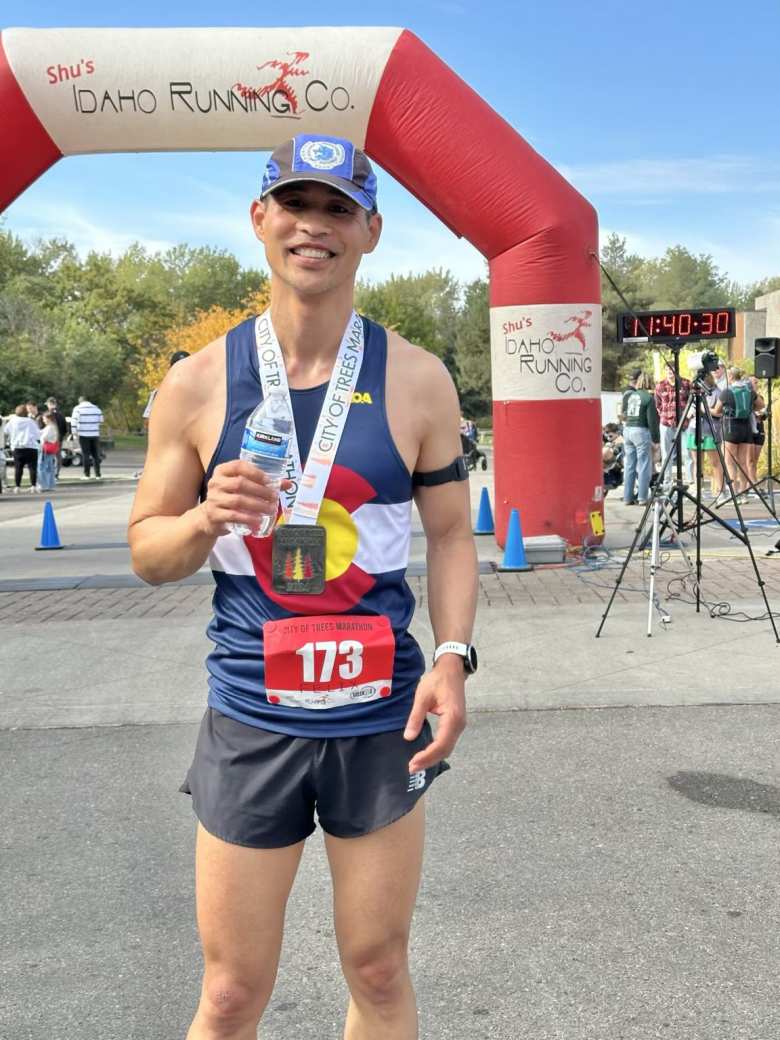
Before driving back to Fort Collins, I stopped by Chipotle downtown for my favorite burrito bowl. This was a good way to wrap up a grueling but satisfying race.
In the end, Boise delivered a memorable marathon experience. It wasn’t without its challenges, but I was happy to add another state to my sub-four-hour marathon state list, and I left with a sense of accomplishment, even if the finish line felt a bit farther than usual!
Official Results
First half: 1:37:XX
Second half: 1:54:XX
Final time: 3:32:16
Garmin distance: 26.5 miles @ 8:00/mile (42.7 km @ 4:58/km)
Overall place: 15 / 194
Division place: 7 / 37
Official results
